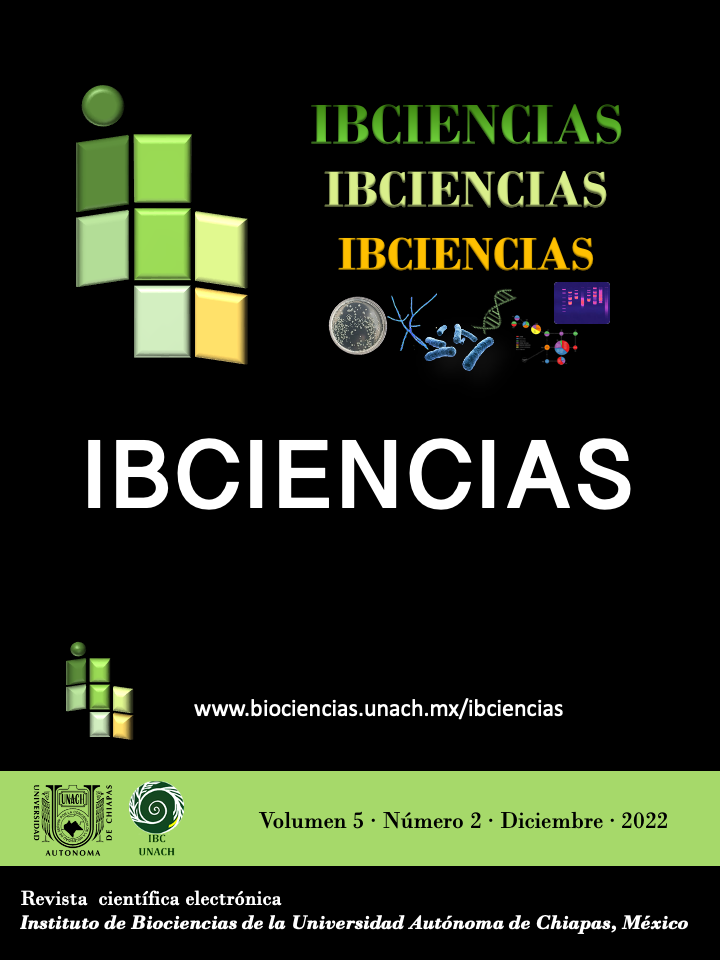Genetic tools used for mango germplasm evaluation
Keywords:
Genetic diversity, Mangifera indica, Genetic map, Molecular markers, Genetic improvementAbstract
Mango (Mangifera indica L.) is the fifth most important and consumed crop in the world. In Mexico it is grown in several states, mostly on the Pacific coast, from Chiapas to southern Sinaloa. In Mexico there is no genetic improvement program for the species. Although studies on genetic, morphological and biochemical diversity have been carried out, the selection of genotypes of commercial interest that favor assisted selection in the future with a view to starting a solid program of genetic improvement has not been carried out. In this sense, the present review aimed to gather and discuss information on the genetic tools that have been used in the history of mango cultivation in the world and in Mexico to evaluate germplasm. The genetic maps that have been constructed and the genomic advances that have also been achieved are also discussed to propose objective ideas in decision-making on the directions that research on the genetic improvement of mango germplasm in Mexico should follow.





